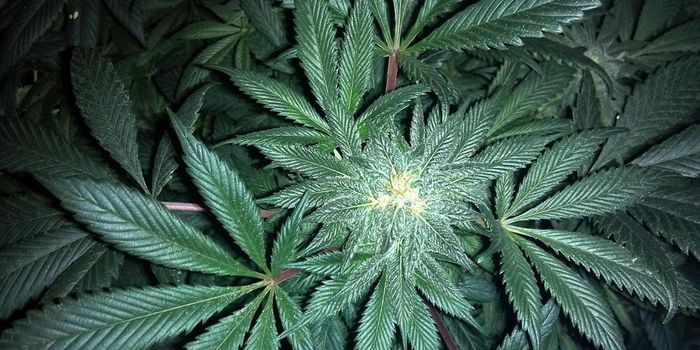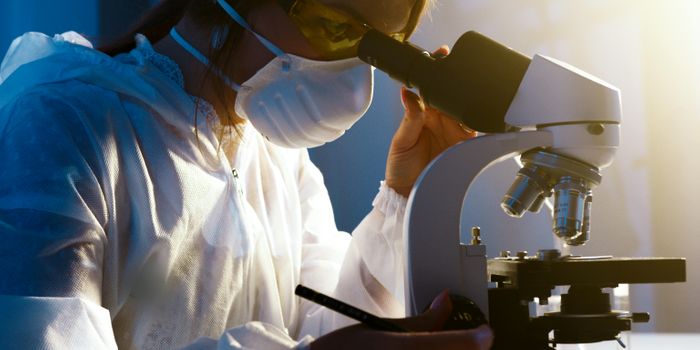Our Endocannabinoid System and Appetite
The Thanksgiving holiday is a perfect time to get together with relatives you have not seen in a year to discuss family, football, and...science. Particularly, the science of appetite. While the old wives' tale of the tryptophan in turkey responsible for making you sleepy (it is not, sleepiness is most likely due to the fact that you just ate a very large meal), there actually are several biological methods the body employs to make you feel hungry or full. One of these mechanisms is our own endocannabinoid system (ECS), that is, the system of chemicals, receptors, and enzymes that run throughout our body (not just the brain) that just so happens to react to the phytocannabinoids within marijuana.
Photo Source: pixabay.com
Perhaps the best indication that our ECS is involved in regulating appetite is the "munchies" associated with smoking marijuana. This newsletter previously described the science behind why weed gives you the "munchies". But when an exogenous (made outside of the body) pharmacological substance has that type of effect on a basic physiological process (e.g. appetite regulation) it points to the fact that some endogenous (made by the body) system, one which can be manipulated by marijuana, exists to regulate appetite. In this case, that would be our very own ECS.
Some of the most convincing evidence for a role of the ECS in appetite regulation comes from a series of animal studies by Dr. Kent Berridge and colleagues out of the University of Michigan at Ann Arbor. Their group showed that if you intracranially administered anandamide, an endocannabinoid produced in our body, directly in the brain's reward system, rats increases their intake of sweet and fatty foods. This indicates that the ECS, or at least anandamide, not only increases appetite but does so for foods that are palatable (in other words, tasty). Other evidence that our ECS is involved in appetite comes from human studies. After eating a palatable (i.e. tasty) meal, circulating levels of the endocannabinoid 2-arachidonoyl-glycerol (2-AG) increased in healthy subjects. Another human study showed increases in circulating anandamide right before initiating a meal.
Photo Source: unsplash.com
How about the role in the ECS in the cessation of eating? The increase in 2-AG levels after eating a meal may be due to satiety. 2-AG can activate both endocannabinoid receptor types (CB1 and CB2). CB2 activation has been found to have anti-obesity effects. Research into the role of the ECS in satiation is still very new, and the ECS's role in appetite and energy homeostasis is complex, to say the least. However, when enjoying your Thanksgiving meal (or leftovers) give a consideration to your ECS. It may be the reason why you choose that extra slice of pumpkin pie.
Sources: WebMD.com, LabRoots.com, Neuropsychopharmacology, Drugs, The Journal of Clinical Endocrinology and Metabolism, International Journal of Obesity, PLoS One










